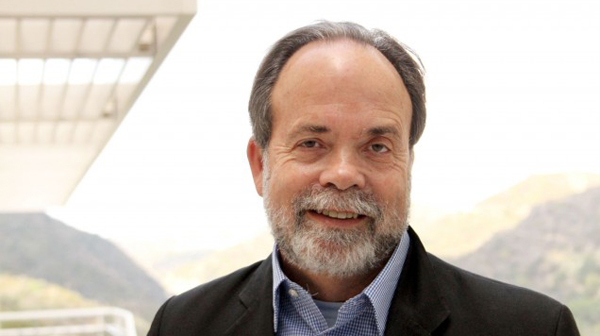
The Sixty-Fourth A. W. Mellon Lectures in the Fine Arts: Restoration as Event and Idea: Art in Europe, 1814‒1820, Part 5: The Laboratory of Brussels, 1816–1819: The Apprentice Navez and the Master David Redraw the Language of Art
Thomas Crow, Rosalie Solow Professor of Modern Art, Institute of Fine Arts, New York University. In this six-part lecture series entitled Restoration as Event and Idea: Art in Europe, 1814‒1820, Art historian Thomas Crow will consider the period following the fall of Napoleon. During this time, artists throughout Europe were left uncertain and adrift, with old certainties and boundaries dissolved. How did they then set new courses for themselves? Professor Crow's lectures answer that question by offering both the wide view of art centers across the continent—Rome, Paris, London, Madrid, Brussels—and a close-up focus on individual actors— Francisco Goya (1746‒1828), Jacques-Louis David (1748‒1825), Antonio Canova (1757‒1822), Sir Thomas Lawrence (1769‒1830), Jean-Auguste-Dominique Ingres (1780‒1867), and Théodore Géricault (1791‒1824). Whether directly or indirectly, these artists were linked in a new international network with changed artistic priorities and new creative possibilities emerging from the wreckage of the old. In this fifth lecture, entitled “The Laboratory of Brussels, 1816–1819: The Apprentice Navez and the Master David Redraw the Language of Art,” originally delivered at the National Gallery of Art on April 19, 2015, Professor Crow demonstrates how the exiled David seized the medium of drawing to foster new ways of selecting and reorganizing fragments of a discarded past.